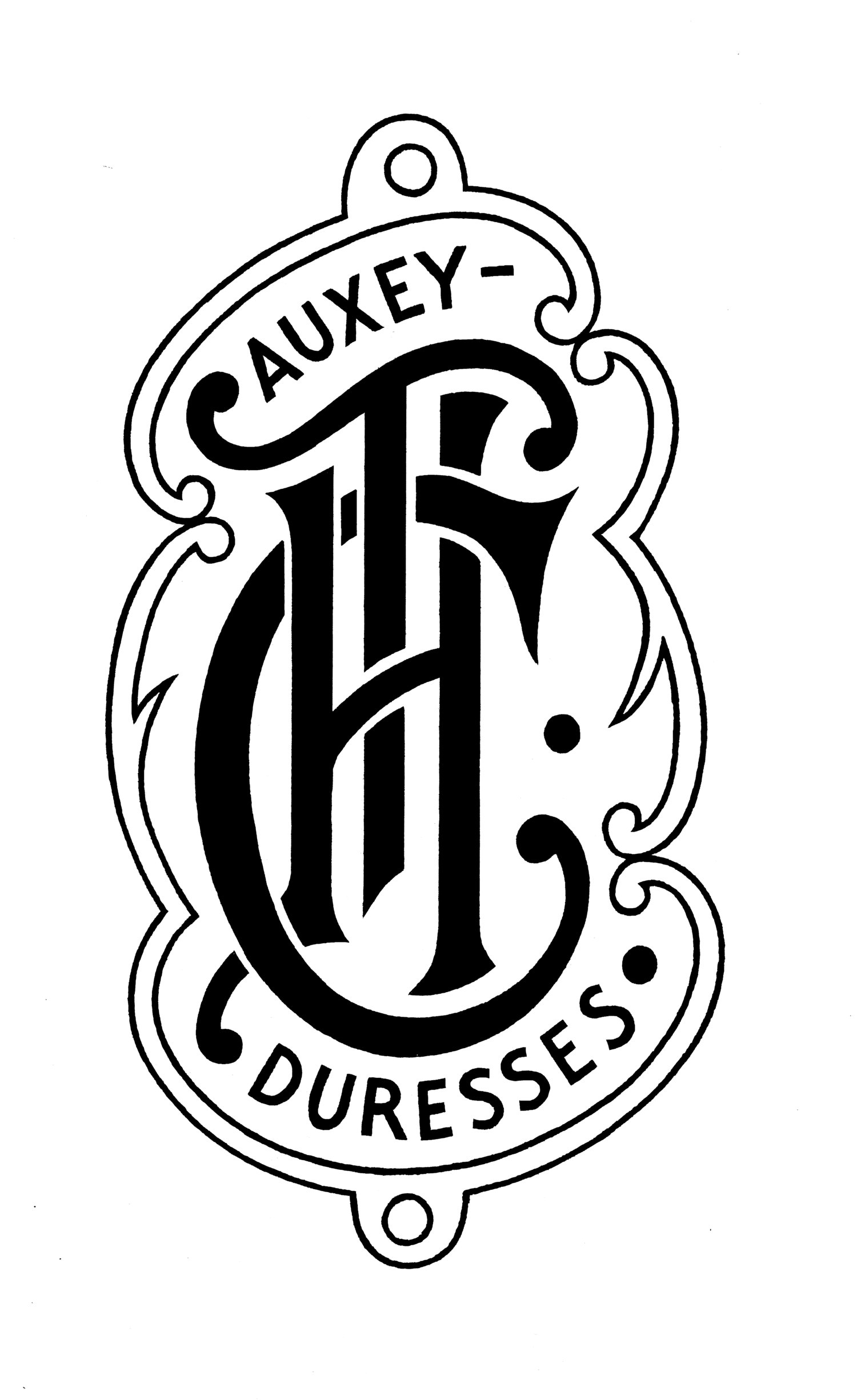Spring In Burgundy
/The villages of the Cote d’Or are eerily quiet in late April. Cats sleep in sharp late morning shadows; tree blossoms scatter and mix with dust disturbed by gusts of wind channeled through narrow streets. Lazy silences are broken only by the wispy clapping from the wings of the doves moving from the safety of a medieval belfry to a new roost. The rolling clang of metal shutters announces the closure of the only shop in the village, the Boulangerie, and the start of the sacred two hour lunch break. Leaning on your handlebars in the warm spring sunshine of these picturesque Burgundian villages… Where is everyone? The answer… at work.
The narrow, 50 km escarpment that runs southward from Dijon towards Santenay is home to the greatest wine growing country on earth. From the saddle of a bicycle it is easy to see why this somewhat ordinary strip of land produces the marveled wines it does. The gentle gradient of southeast facing slopes rest under a steep protective ridge topped with dense oak forests. The natural springs from numerous combes (small valleys) provide nourishment from deep within the earth and the suns path bathes the region in golden sunshine giving its name the Cote d’Or.
But the wines of Burgundy don’t make themselves. Other than the vendanges (harvest), spring is one of the busiest times of year in this ancient capital of wine and the work done at this early stage of the year is vital to the rest of the year’s production. Once off the closed, shadowed streets of Pommard, Volnay Monthelie and Vougeot, the horizon opens to reveal this essential landscape. Shaded cobbled streets become winding tracks and organized thoroughfares that connect the domains, Parcel and Clos, the names of which read like any wine lovers wish list.
Tight lines of wire run from the innumerable staves that in time will support a priceless harvest, but in late April the vines, dormant for so long over a long cold winter, are only just coming back to life. Guide Post Burgundy Wine
Dilapidated white vans kick-up dust as they navigate their way through this criss-cross of tracks, lanes, vines, and by-ways. These vehicles are not the most glamorous mode of transportation for the owners of the most valuable real-estate in the world, you might think, but inside these beat up panel-vans rest the tools, knowledge, and man power that ensure the attention that each and every vine deserves. From dusk till dawn generations of Burgundians toil amongst their beloved vines.
Bent double in the brisk morning air they work from vine to vine, their clouds of breath blowing before them. Come midday their sweat-soaked shirts rest on vine-posts as they continue to cut and trim by hand, leaving behind only the shoots that they believe will provide the best fruit. Traditional methods are mixed with new. Burley work-horses pull ploughs through dense earth under the bellowed orders of meticulous vigneron (winemaker), while in the neighboring plot insect-like enjambeur (tractor) rush awkwardly between vines, there mechanical claws and wings spraying and scraping as they go.
At almost 10 cm a day the growth of the vines, at this time of year, is unforgiving. Each vine must be cut to produce the amount of juice that respects the strict guidelines of the local AOC. Weeks from now the tight lines and russet earth of Burgundy will be invisible under heavy foliage. Now is the time vigneron have the best access to the shoots that will produce a crop to satisfy their hopes that 2011 will not just be a good year, but a great year in the Cote d’Or.
Every local you speak to in Burgundy passes on his or her wisdom. Young and old, they all have an opinion. By all accounts, 2013 is looking very promising. Current temperatures are reminding those who can remember of the great vintages gone by. But it’s all too easy to write what makes good wine. To understand Burgundy and its wine you have to come here. You have to meet its people. You have to smell its soil. You have to cycle past the forests and see how the sun falls on certain plots in the late afternoon. Burgundy is all about terroir (land) and the only way you can understand terroir is by coming here.


